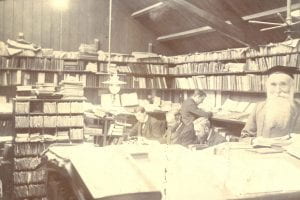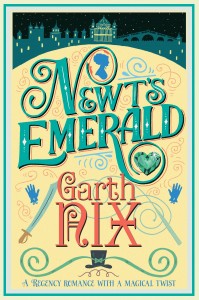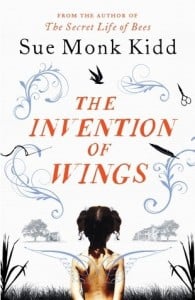 Married at 15, with an abusive husband and no-one to turn to, Lakshmi flees her rural village to seek an independent life. As her life evolves in the city of Jaipur, she becomes a renowned henna artist for the upper class. Her skills sought after, she is able to work towards her dream of a better life.
Married at 15, with an abusive husband and no-one to turn to, Lakshmi flees her rural village to seek an independent life. As her life evolves in the city of Jaipur, she becomes a renowned henna artist for the upper class. Her skills sought after, she is able to work towards her dream of a better life.
Alka Joshi’s debut novel pays homage to her parents’ Indian background – an arranged marriage and a desire for a better life. As her parents moved from India to America, theirs is not a traditional Indian lifestyle – though her mother had limited choices herself, she had greater aspirations for her daughter.
Naturally, Alka tributes her own freedom to her mother’s efforts, enabling her to live a life of choice that her mother never experienced. She sees ‘the Henna Artist’ as a reimagining of her mother’s traditional life in India of the 1950s – a girl making a life of her own.
Set in India in the mid-1950s, ‘the Henna Artist’ provides an authentic insight into some of the restrictions faced by young women/girls within Indian society. Themes include discrimination through the caste system, male vs female rights, wealth vs poverty, and the implications of all these for young girls.
As stated before, Lakshmi escapes an abusive marriage and is able to determine some of her life choices once she is in Jaipur. She operates her own business, employs a young but savvy local boy, and her henna work (and other skills) is in demand by upper-class ladies. However, the favours and relationships she has established to improve her status in life begin to unravel when her past catches up with her.
Life, with its class-related pitfalls, seems so unfair in this novel. There is both hope and despair, with no clear outcome for Lakshmi and those around her, except for the importance of family ties. But whose family ties will be significant?
This is a challenging #ownstorytelling, as Alka Joshi aims to:
“…understand that what my mother wanted was a life for me that she was denied. She wanted me to experience the freedom of choice…. Lakshmi embodies the alternative life (I) imagined for my mother.”
Including a glossary to explain the many Indian terms, a list to introduce the characters, and some relevant explanations/recipes ‘the Henna Artist’ reveals a world of struggle, love and pain with intriguing characters.
Vibrant personalities, colourful locations, and even threatening situations presented are easy to imagine. Cultural and social conflicts are frustratingly real and angst-ridden. Lakshmi’s future isn’t simple, but there is hope that she will rise above all that fate places in her path – but at what cost?
# Will this, a debut novel be a standalone, or the first of several stories from Alka Joshi? Is there more to tell about Lakshmi, Malik, Hari, Radha and Nikhil?
 Who decides if a word is important? What should be recorded across time? Sometimes, Esme witnesses a word discarded, sees a word float below the table where the men worked as if it were unimportant – so she begins collecting neglected slips.
Who decides if a word is important? What should be recorded across time? Sometimes, Esme witnesses a word discarded, sees a word float below the table where the men worked as if it were unimportant – so she begins collecting neglected slips.
 How great is it to get a book which is written by, not one, but three renowned authors!
How great is it to get a book which is written by, not one, but three renowned authors! As already noted, it is also a collaboration between three talented Australian authors – Cath Cowley, Simmone Howell and Fiona Wood – and is soooo well done.
As already noted, it is also a collaboration between three talented Australian authors – Cath Cowley, Simmone Howell and Fiona Wood – and is soooo well done.
